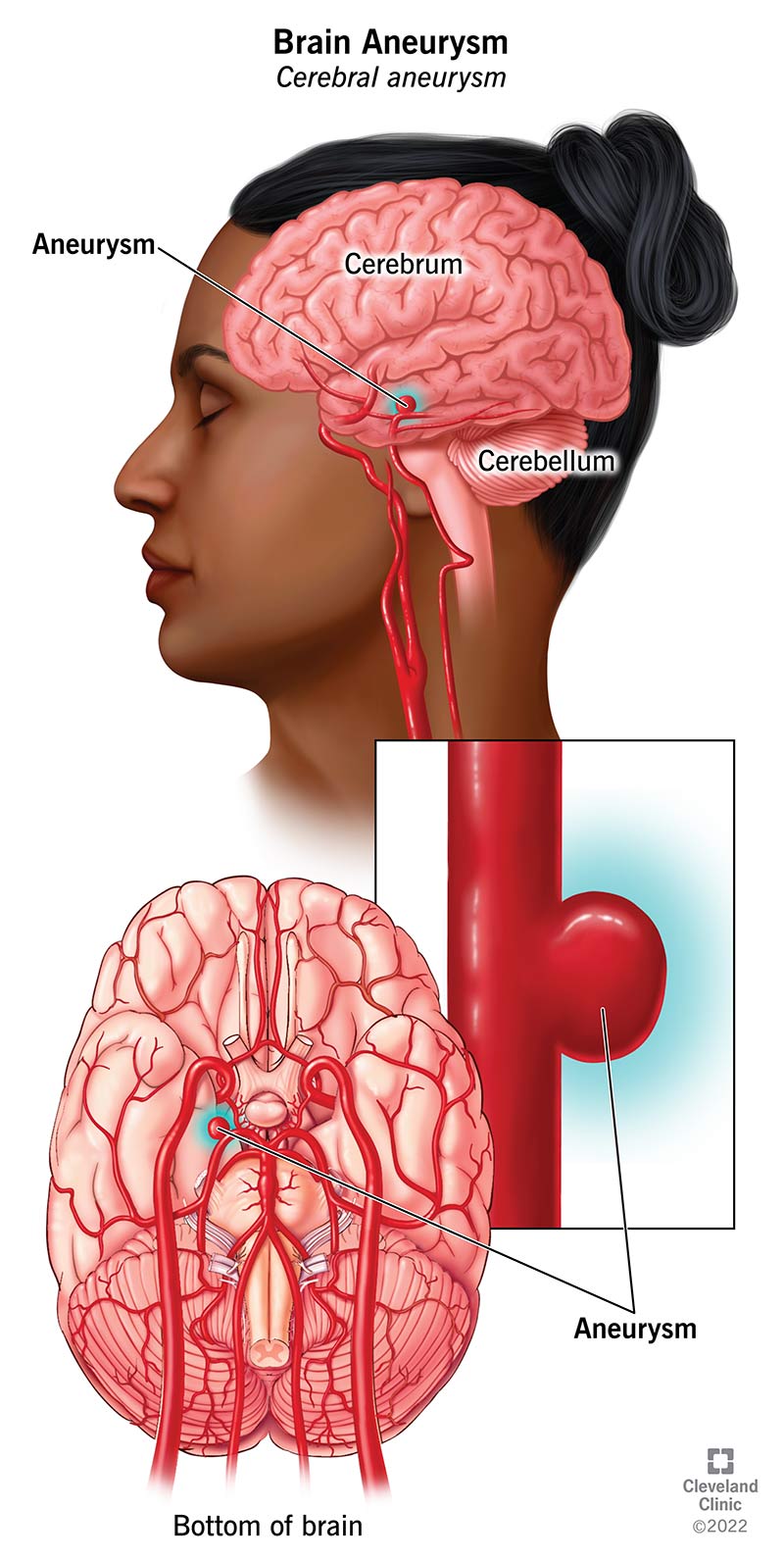An infection control nurse is teaching a class about the transmission of infectious agents. The nurse should include that which of the following diseases is transmitted via airborne transmission? (Select All that Apply.)
Rubeola
Clostridium difficile
Varicella
Tuberculosis
Correct Answer : A,C,D
Choice A Reason:
Rubeola, also known as measles, is highly contagious and spreads through airborne transmission. The virus can remain infectious in the air for up to two hours after an infected person coughs or sneezes. This makes it one of the most easily spread diseases through airborne particles.
Choice B Reason:
Clostridium difficile (C. diff) is primarily transmitted through the fecal-oral route, not through airborne transmission. It spreads via spores that can survive on surfaces and be ingested, leading to infection.
Choice C Reason:
Varicella, or chickenpox, is transmitted through airborne particles. The virus can spread through direct contact with the fluid from the blisters or through respiratory droplets when an infected person coughs or sneezes. This makes it an airborne disease.
Choice D Reason:
Tuberculosis (TB) is caused by Mycobacterium tuberculosis and spreads through the air when an infected person coughs, speaks, or sings. The bacteria can remain suspended in the air for several hours, making TB an airborne disease.
Choice E Reason:
Staphylococcus aureus is not typically transmitted through airborne means. It spreads through direct contact with infected wounds, contaminated surfaces, or through respiratory droplets in some cases. However, it is not considered an airborne disease.
Nursing Test Bank
Naxlex Comprehensive Predictor Exams
Related Questions
Correct Answer is ["A","B","C","D","E"]
Explanation
Choice A Reason: Light sensitivity
Light sensitivity, also known as photophobia, is a common symptom of a ruptured cerebral aneurysm. When an aneurysm ruptures, it can cause bleeding in the brain, leading to increased intracranial pressure and irritation of the meninges, which can result in sensitivity to light.
Choice B Reason: Loss of consciousness
Loss of consciousness is a critical symptom of a ruptured cerebral aneurysm. The sudden increase in intracranial pressure from the bleeding can lead to a rapid decline in the patient’s level of consciousness. This symptom is a medical emergency and requires immediate attention.
Choice C Reason: A dilated pupil
A dilated pupil can indicate increased intracranial pressure or direct pressure on the cranial nerves due to the bleeding from a ruptured aneurysm. This symptom is often associated with severe neurological impairment and requires urgent medical intervention.
Choice D Reason: Visual disturbances
Visual disturbances, such as blurred or double vision, can occur due to the pressure exerted by the bleeding on the optic nerves or other parts of the visual pathway. These disturbances are significant indicators of neurological compromise.
Choice E Reason: Nausea and vomiting
Nausea and vomiting are common symptoms of increased intracranial pressure, which can result from a ruptured cerebral aneurysm. The irritation of the brain’s vomiting center due to the bleeding can lead to these symptoms.
Choice F: Numbness on one side of the face
Numbness on one side of the face is not typically a direct symptom of a ruptured cerebral aneurysm. While neurological deficits can occur, numbness is more commonly associated with other types of strokes or localized nerve damage rather than the acute presentation of a ruptured aneurysm.

Correct Answer is D
Explanation
Choice A Reason: Crohn’s disease looks like what would appear to be a second-degree burn in the colon and rectum areas only
This description is not accurate for Crohn’s disease. Crohn’s disease can affect any part of the gastrointestinal tract from the mouth to the anus, not just the colon and rectum. Additionally, describing it as a second-degree burn is misleading as it does not accurately represent the nature of the inflammation and ulceration seen in Crohn’s disease.
Choice B Reason: Crohn’s disease is characterized by a transmural granulomatous inflammation that can affect any part of the gastrointestinal tract
While this statement is medically accurate, it is not simplistic or non-medical. It uses technical terms like “transmural” and “granulomatous inflammation,” which may be difficult for a client to understand without a medical background. The goal is to provide a description that is easy to comprehend.
Choice C Reason: Crohn’s disease causes continuous inflammation of the mucosa and sub-mucosa of the colon and rectal linings
This description is more fitting for ulcerative colitis, another type of inflammatory bowel disease. Crohn’s disease is characterized by patchy areas of inflammation that can affect any part of the gastrointestinal tract, not just the colon and rectum. Therefore, this statement does not accurately describe Crohn’s disease.
Choice D Reason: Crohn’s disease has the appearance of a patchwork quilt with some areas that are clear and some with sores
This description is the most simplistic and non-medical. It effectively conveys the nature of Crohn’s disease, which involves patchy areas of inflammation interspersed with healthy tissue, resembling a patchwork quilt. This analogy helps clients visualize the condition without needing to understand complex medical terminology.
Whether you are a student looking to ace your exams or a practicing nurse seeking to enhance your expertise , our nursing education contents will empower you with the confidence and competence to make a difference in the lives of patients and become a respected leader in the healthcare field.
Visit Naxlex, invest in your future and unlock endless possibilities with our unparalleled nursing education contents today
Report Wrong Answer on the Current Question
Do you disagree with the answer? If yes, what is your expected answer? Explain.
Kindly be descriptive with the issue you are facing.
